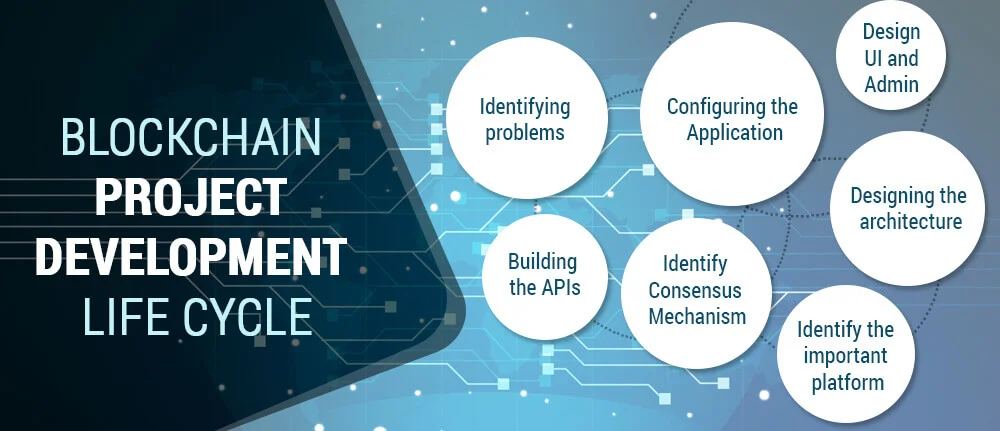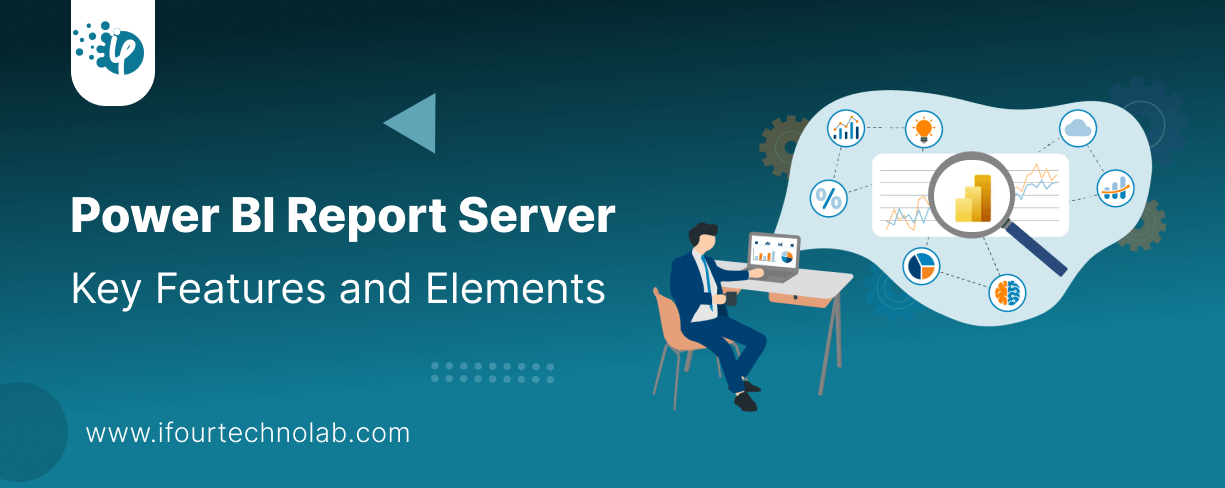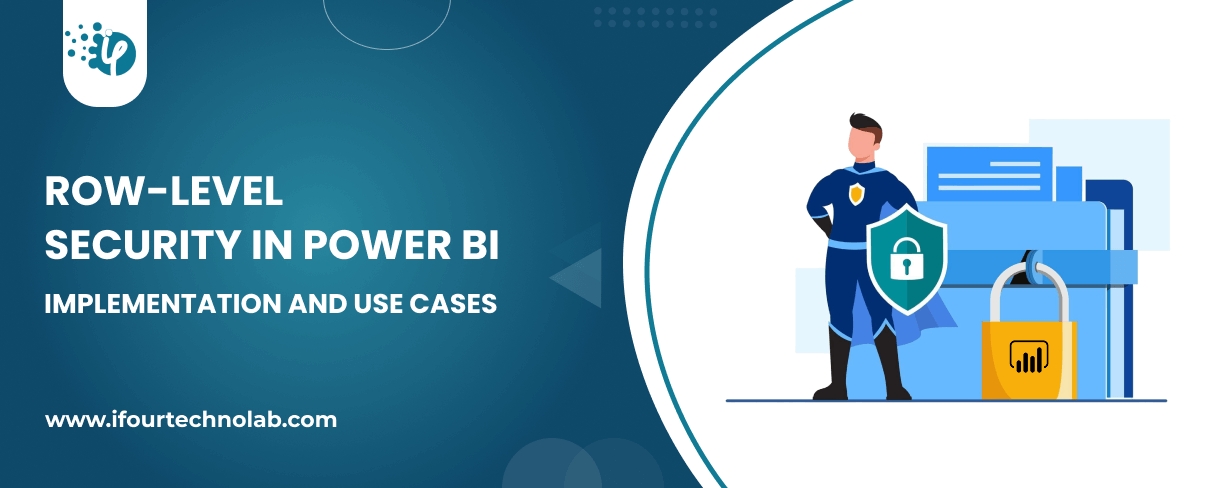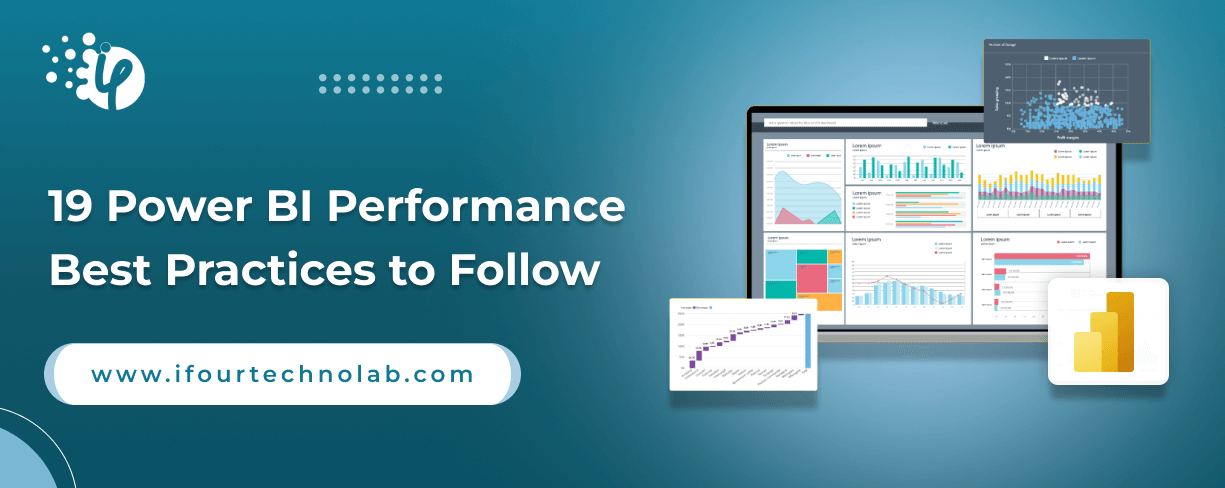Power BI Report Server: Key Features and Elements
Every CTO knows the struggle of managing complex reports. The inefficiency of scattered data, the constant juggling between reporting tools, the challenge of ensuring accurate KPIs...
iFour Team - March 20, 2019
Listening is fun too.
Straighten your back and cherish with coffee - PLAY !

For the last few years, many innovative technologies have emerged that changed the outlook of the digital world. Blockchain is being one of those emerging technologies which got believed would make an impeccable impact on the digital market in the near future. Underpinning with cryptocurrencies like Bitcoin and Ethereum, it has closed the doors for hackers and thrashed their hacking activities. Because of such security, many esteemed Blockchain Software development companies have started to adopt it.
In this blog, we will understand about Blockchain Project Development Life cycle in detail.
There are 8 steps to the Blockchain project development cycle that needs to be considered before starting any project in Blockchain. Let us decode, how to commence with Custom Blockchain Software Development in only 8 easy steps.
The Blockchain is a revolutionary technology so people these days want to include it in their projects but it should not be done always. The Blockchain is not always useful as it has space issues, everyone in the network needs to have a copy of the database that makes it much more space consuming. Blockchain cannot be used when the time to retrieve data needs to be less also where security is not much of a concern. Using Blockchain where it is not required can be very costly. It should be used only when it is genuinely needed and not just because it is a revolutionary technology.
There are several consensus methods available like proof of work, proof of stake, delegated proof of stake, proof of burn, Practical Byzantine fault-tolerant Mechanism, proof of identity, proof of elapsed time, and proof of importance. Each has its own advantages and disadvantages. The method used mostly is proof of work but developers are thinking to replace it with proof of stake.
Blockchain technology has several platforms under it like Bitcoin, Ethereum, Hyperledger, etc. Many Blockchain consulting companies are currently active using these platforms. Choosing a platform that is more suitable for the project is beneficial as it will not affect later needs. Bitcoin is for transferring cryptocurrency only while Ethereum can be used for both – transferring cryptocurrency as well as data. On the other side, Hyperledger is mostly used for transferring data. By comparing the scalability of the platform and other factors, it can be decided what platform to choose.
Once the platform is selected, the internal structure of the node needs to be selected. Nodes in a network can be arranged in many ways such as:
Permissionless - Bitcoin and other major cryptocurrencies where anyone can become a miner.
Permission - Government run land registry, or voting systems.
Private Blockchain - Internal contract management systems in hospitals and pharmaceutical companies.
Public Blockchain - Ethereum and other asset-backed cryptocurrencies.
Hybrid - A common application for managing shared KYC among several banks.
(Rohas, 2018)
Hardware and software configurations have multiple options like operating system, disk size, processors, memory, etc. which needs to be selected as per the requirement. Also, as per the requirement, it is to be decided that on what basis will the nodes run - on the cloud, in-house, or both.
Configurations are made before beginning a project and are very difficult to alter later on so it is advised to choose the configurations wisely, with the help of an expert. Elements such as Key management, Address formats, Block signatures, Permissions, etc. are few from the list. Some can be changed at run-time while some cannot be so taking a wise decision is advisable.
Some pre-built APIs are available for development purposes but not for all. List of few things that need an API:
Smart contracts (Rohas, 2018)
After building necessary APIs, selection of front-end, back-end, external database, and a server is the next step. There are several front-end tools available such as React.js, Angular.js, Vue.js, HTML5, CSS, and more. Back-end options available are Solidity, Ruby, Node.js, and more. External databases can be from MySQL, MongoDB, or else. The server can be chosen as an FTP server, Web server, Mail server, or more.
The Blockchain is still at an early age so it is better to use the MVP model for scaling the application. Meaning, an application needs not to be loaded with high-end UI. Instead of making a complete application, developing a workable solution that is enough to prove the hypothesis is advisable. This way crashes, latency, performance issues, storage glitches can be identified.
Blockchain can also be linked to some other powerful technology such as Artificial Intelligence, IoT, Big Data, etc. This all depends on the project that whether combining two or more technologies is demanded or not.

Every CTO knows the struggle of managing complex reports. The inefficiency of scattered data, the constant juggling between reporting tools, the challenge of ensuring accurate KPIs...

The very first reason why you should implement Row Level Security is to foster trust, a crucial element for any business's success. Next, it reduces data clutter and helps you load...

The performance of Power BI is significantly influenced by two essential factors: design consistency and the rapid loading of BI elements. This holds true whether you choose Tableau...